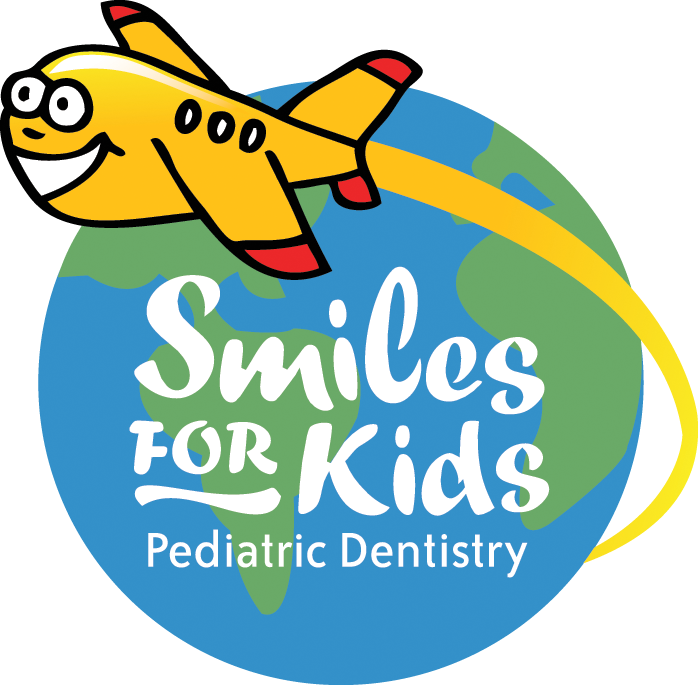Dental Trauma in Children
/Dental trauma is common in children and adolescents because this is the time when kids learn to walk, run, and are most active in sports. When a child has avulsed (completely extracted due to trauma) teeth, parents and teachers must know what to do, not only to save permanent teeth but also to avoid the kids from getting traumatized by the situation and its consequences.
Avulsion of primary (also called baby teeth) and permanent teeth is approached differently. Front primary teeth are expected to come out around the age of six or seven to give way to permanent ones but it does not mean that there is no need to care for them.
It is not recommended to reimplant (or put back in the socket) avulsed or “knocked out” baby tooth because it can affect the natural growth of the permanent teeth or the surrounding tissues. Ankylosis, or unnatural adherence of reimplanted tooth to the bone, may also occur if you try to reimplant the baby teeth.
If primary teeth are avulsed, first step is full assessment of the child by an adult, containing any possible bleeding and calming the injured patient. Even if you believe that no other injury was sustained, it is important to take the child to the pediatric dentist so the effect of the accident can be assessed properly. The injury may have affected other teeth, gums or bone. The child may be experiencing pain and appropriate radiographs and medications might be needed. You might also want to discuss possible temporary replacement for esthetic purposes. Although this “temporary pediatric denture” is not clinically necessary, some parents chose to have one made in order to prevent any possible social implications of the injury.
Avulsion of permanent teeth, on the other hand, must be considered a serious dental emergency and we take it very seriously at Smiles For Kids. Reimplantation is an immediate concern. When this happens to your child, call the dentist at once to receive instructions. If your dentist cannot be immediately reached, you can do the first aid yourself.
First thing that you should do is to calm the injured child. Then look for the tooth and pick it up by the crown, do not touch the root. If dirty, wash the tooth under cold running water for ten seconds; again, make sure that you protect the root. Reposition the tooth in the mouth, cover it with clean gauze or handkerchief and instruct the child to bite it to hold it in place. If the child cannot do this, you can place the tooth in a glass of saline solution or a glass of milk or better yet in a container with saliva. Don’t store the tooth in water.
When you have secured the permanent tooth, go to the dentist at once. The dentist will then assess the injury and reimplant the tooth immediately. The tooth will be secured by a “splint” or temporary braces and the patient will be instructed to avoid participating in contact sports, go on a soft diet for at least two weeks, use a soft toothbrush after every meal and rinse the mouth with chlorhexidine twice a day for one week. The patient is also required for follow-up treatments depending on the diagnosis of the dentist. Dr. Lindhorst will also send the patient to an endodontist or root canal specialist as avulsed teeth will most likely need a future root canal for survival.
